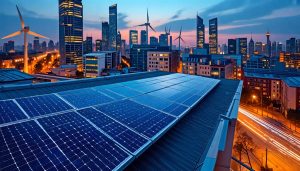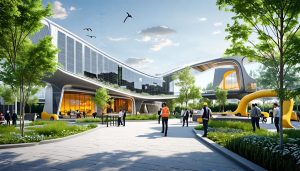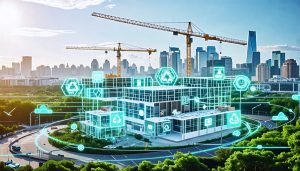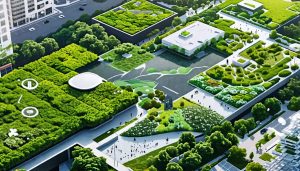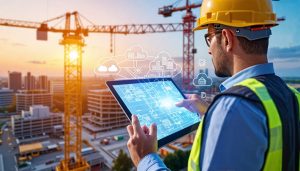
Streamline Your Projects: How Construction Drawing Management Software is Revolutionizing the Industry
Streamline project efficiency with construction drawing management software by integrating cloud-based platforms to securely store and access digital blueprints anywhere. Facilitate seamless collaboration across teams by implementing real-time updates and version control for all stakeholders. Optimize your workflow by automating document distribution, ensuring each team member receives the latest plans and revisions instantly. Enhance project accuracy and reduce errors through comprehensive annotation tools, allowing architects, engineers, and project managers to precisely communicate changes.
Key Features and Benefits
…

